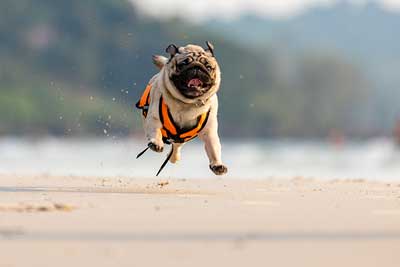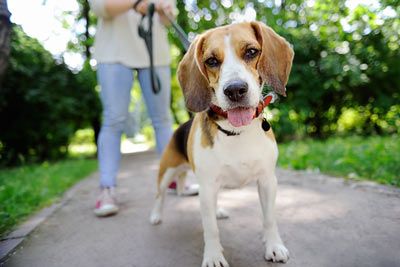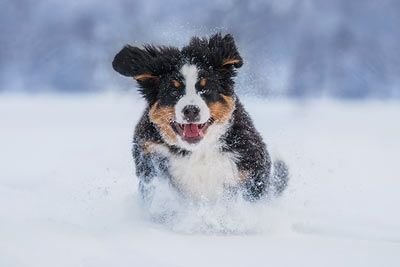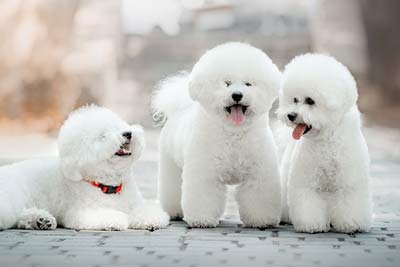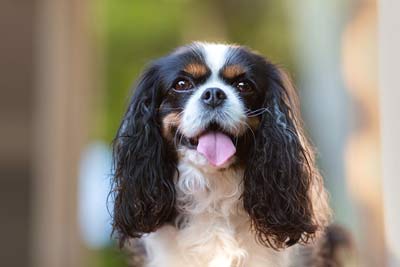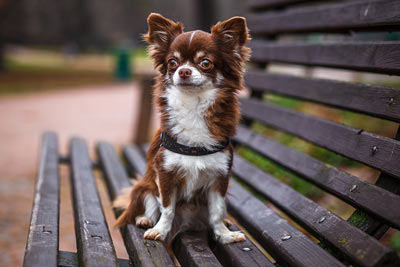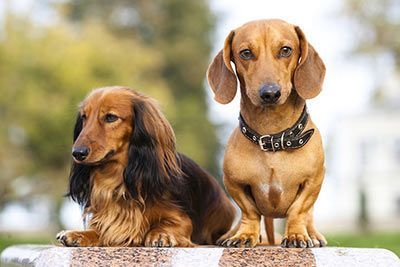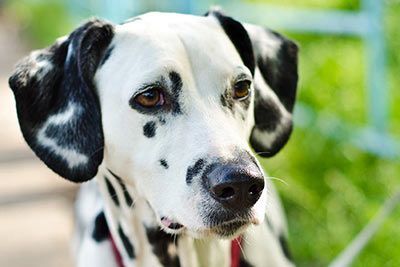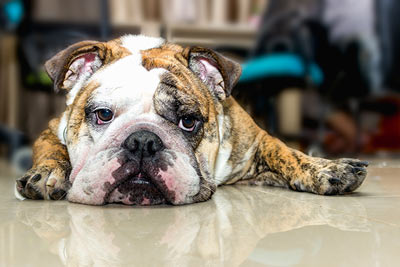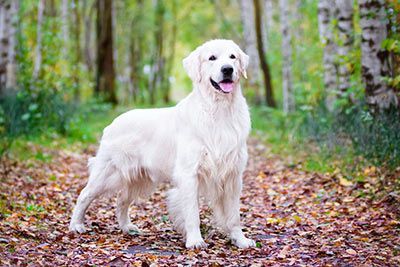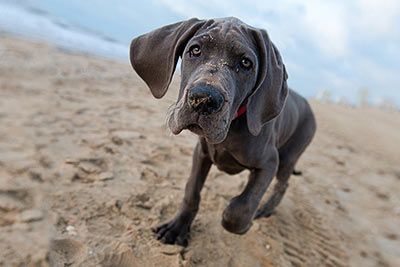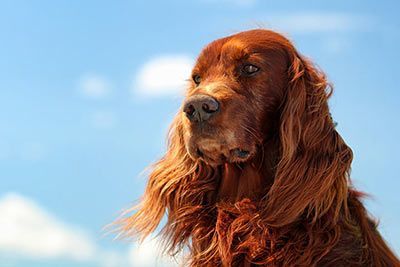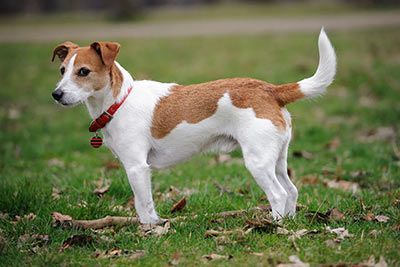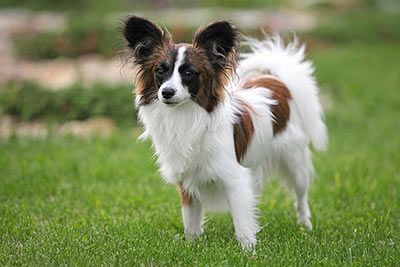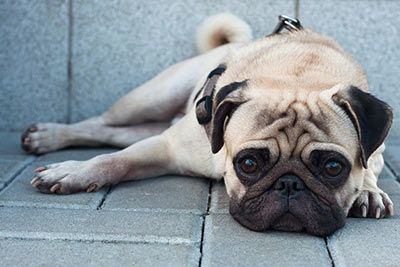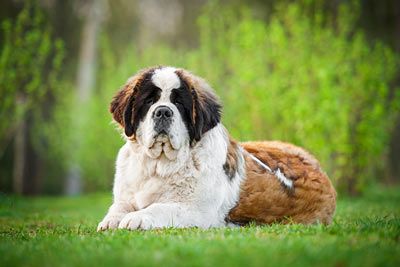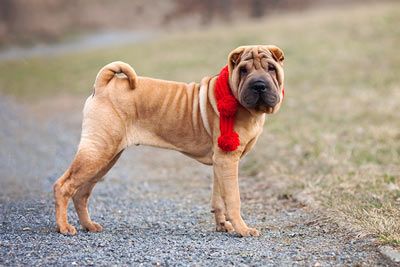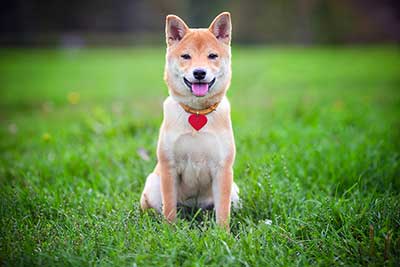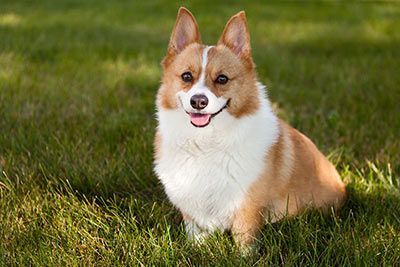Pug
Pug Dog Breed Information
| Size | 10-12 inches (25-30 cm) |
| Weight | 13-17 lbs (6-8 kg) |
| Origin | China |
| Color | Dun, black, silver, apricot |
| Lifespan | 12-15 years |
| Suitable As | Lapdog, companion dog |
| Personality | Confident, funny, obedient, happy, playful |
| Exercise | |
| Drooling | |
| Shedding | |
| Grooming |
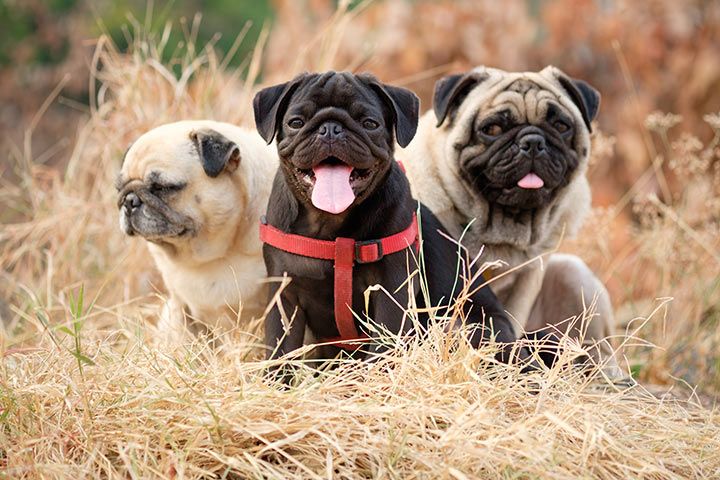
Breed Characteristics
“Multum in parvo”. This sentence describes Pugs perfectly. It’s Latin, meaning “lots in a little” - or “good things come in small packages”. When it comes to Pugs, it could mean “a lot of dog in a small body”. And it’s true: Pugs have an extraordinarily multifaceted character. They are also incredibly playful, and their funny antics are guaranteed to entertain. At the same time, they are very loyal and mostly just happy to sit on their master’s lap. Pugs love their masters, and would be devastated if they didn’t return this love.
Discipline and Training
Pugs can be a little stubborn but they’re very sociable, relaxed dogs that are usually easy to train.
Exercise Needs
Pugs are not the kind of dogs you can take for jogging. They’re not suitable for agility or any other sports that really make dogs sweat. Even long, brisk walks are not their thing. Why? It’s all about their short heads. When dogs breathe in, evaporation helps them cool down as the air flows past the moist mucous membranes in the nose on its way to the lungs. As this passage is much shorter in Pugs than in other dogs, the air cannot cool. They overheat very quickly when they are active and can even get heatstroke - even if the weather isn’t too hot.
A little experiment with evaporation cooling: wet one hand with a little water and blow over it. You’ll notice that it feels colder.
Top Activities
Tug-of-War, Food Puzzles, Treasure Hunt

Pros and Cons
Pros
- Suitable for beginners
- Doesn’t need lots of exercise
- Will manage in a small home
- Rarely barks
- Friendly to strangers and other dogs
Cons
- Gets overweight easily
- Sheds a lot
- Snores
- Not a dog for athletes

Appearance
Pugs are compact, almost rectangular dogs with a strong, jaunty walk. They have folds of skin on their necks and backs. They also have lots of wrinkles on their faces. Dun, or brown, Pugs have a black “mask”.
Health and Care
In general, Pugs are healthy, robust dogs. But they easily become overweight, so you should ensure a balanced diet and plenty of exercise. As their faces are very flat, they often experience breathing problems. That’s why they often snore. Their shiny, short coats doesn’t need much care. But they do shed a lot. The wrinkles on their faces and heads should be kept clean and dry.
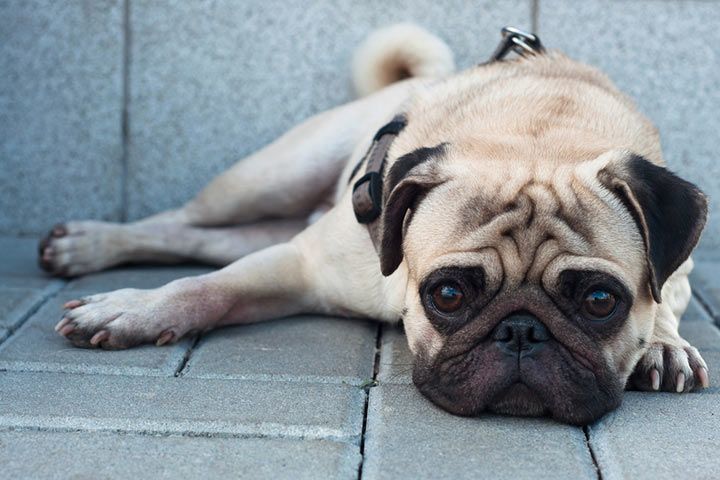
History and Origin
Royalty in Ancient China loved the flat faces of breeds like the Pekinese, Shih Tzu and Pug. These dogs enjoyed a very luxurious life, and were even sometimes protected by bodyguards. Later, the Pug came to Holland and spread from there as a lapdog for rich people in Europe. Pugs are actually a kind of Molosser, much bigger and bulkier dogs. A miniature version was bred over time, which we now call the Pug.
Although Pugs are called Pugs in English, the Dutch, Germans and Belgians call them “Mops”. How come? “Pug” comes from the Latin “pugnus”, which means “fist” (like the shape of their heads). The word “Mops” came from the Dutch “moppern”, which means “to whine”.
Cruel Breeding
Is it cruel to own a pug? The dog didn't always look like it does today. Its nose got smaller and smaller over time. The official term for this is „flat-faced“. The result is respiratory problems. The pug is always short of breath - especially while exercising and sweating. Also, the dog has a hard time chewing its food because the teeth do not have enough space in the short upper jaw.
Unfortunately, with every purchase of a puppy, you support the breeding of animals that suffer throughout their lives. What now? If you've fallen in love with the breed (which we totally get!), you could consider adopting an (adult) pug from the shelter instead. At least you're not supporting the breeding of this breed. And a lonely dog soul gets a loving home. Or you choose another, healthier breed. There are so many great ones!
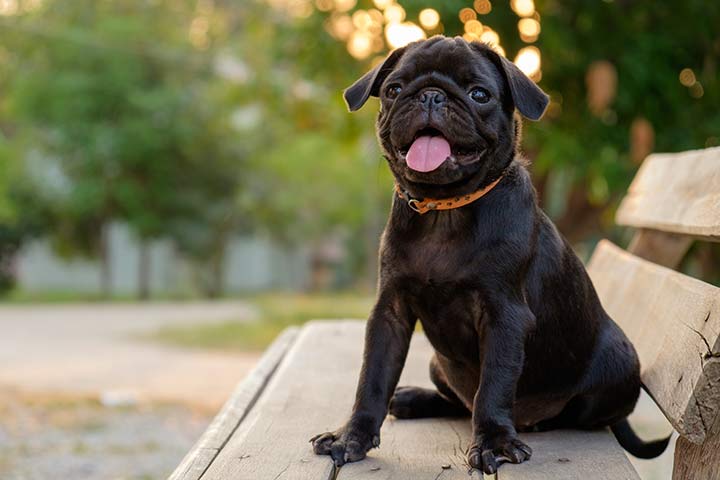
Fun Facts
Pugs are known for their snoring.
Comparable Breeds
- Bulldog
- Chihuahua
- French Bulldog
- Miniature Poodle
